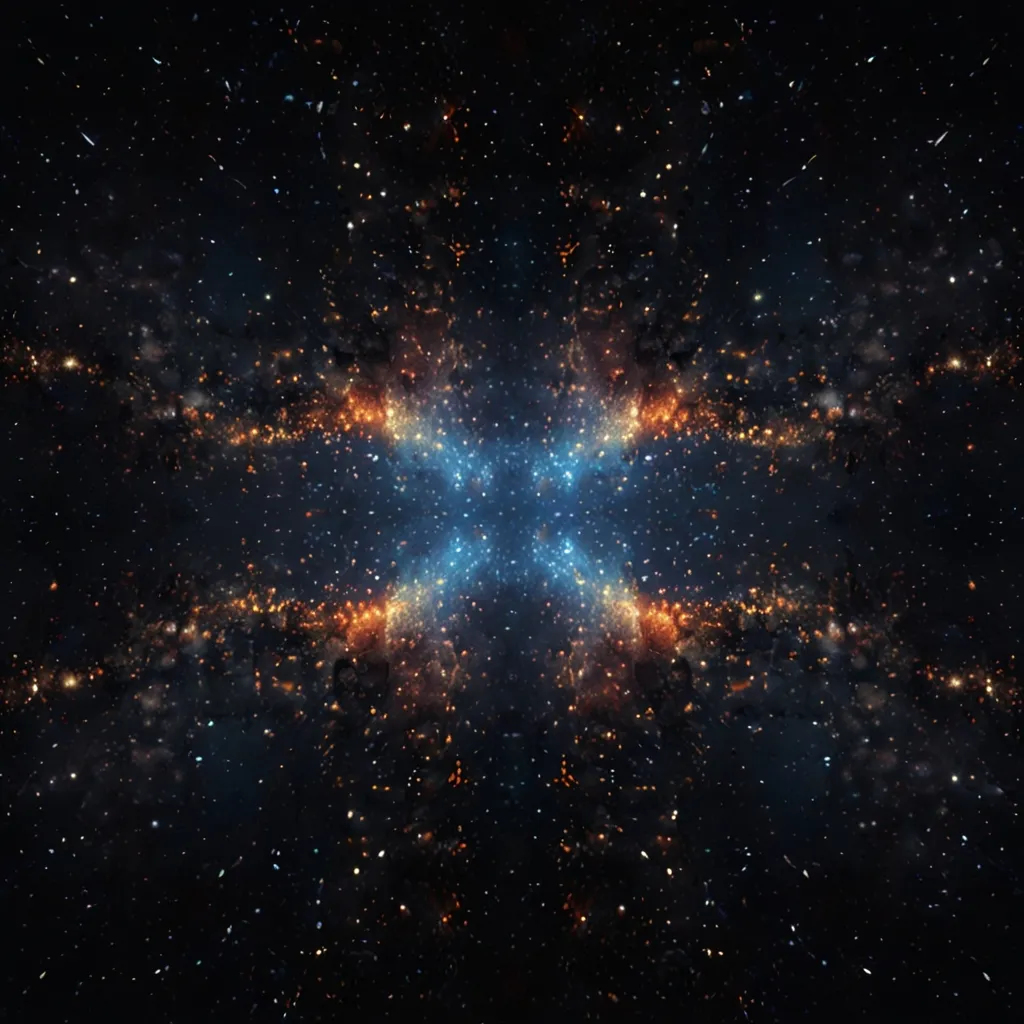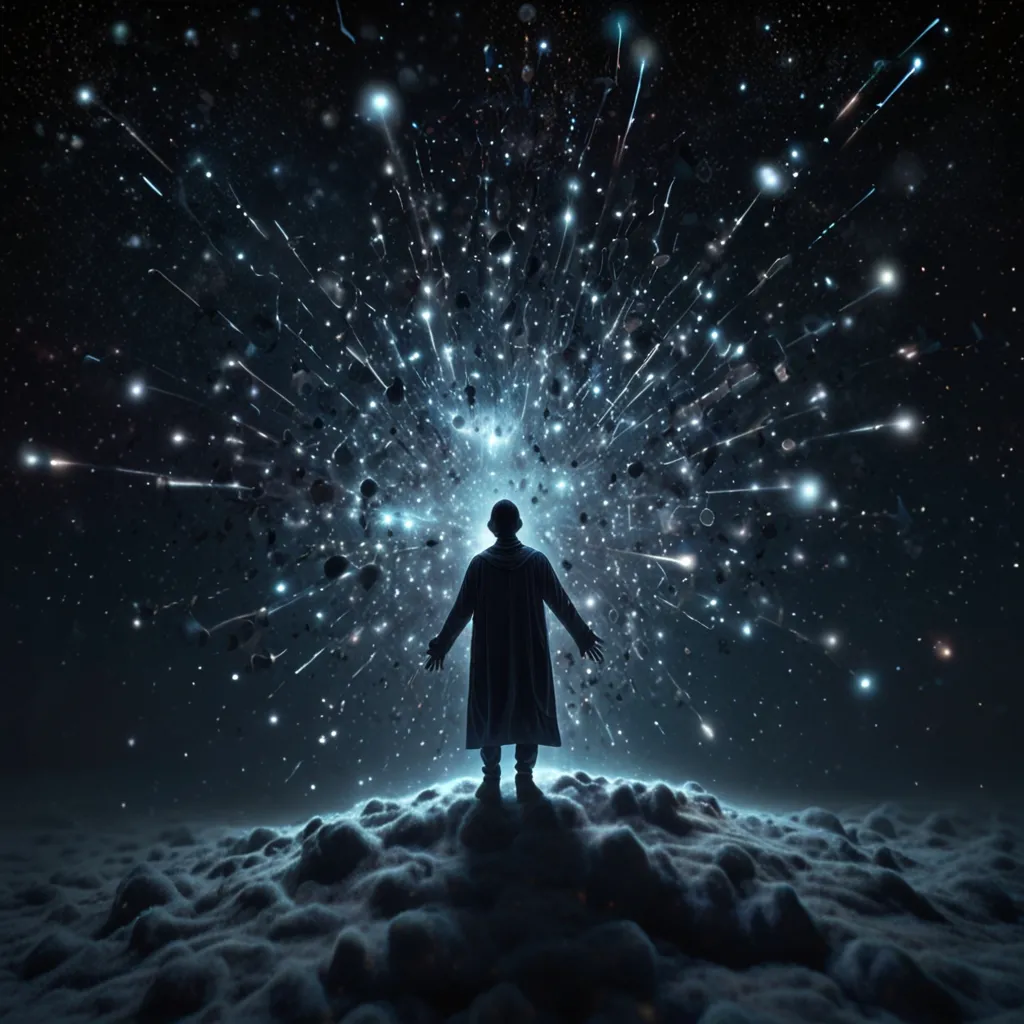Take a glance in the mirror. Notice how the left side of your body nearly mirrors the right side? This is symmetry, a concept that doesn’t just apply to human bodies but extends to plants, flowers, and indeed, the entire universe. Symmetries are fundamental to the universe’s blueprint, notably influencing quantum mechanics to result in three of nature’s fundamental forces: electromagnetic, weak, and strong forces.
But there’s a twist. Certain symmetries are broken, and without these broken symmetries, the universe, as we know it, wouldn’t exist. No symmetries would mean no mass, and subsequently, no life. Let’s dive deeper into how broken symmetries impact our universe.
Symmetry in physics implies that the properties of particles remain unchanged after specific transformations or operations. This is why the laws of physics stay consistent whether you’re in New York or Tokyo—an example of space translation symmetry. Similarly, physics laws don’t change over time, another kind of symmetry called time translation symmetry.
However, symmetry isn’t always upheld. Imagine a graph depicting energy potential with two minima and one maxima. If we place a mirror in the middle vertically, both sides should mirror each other perfectly. Now, if we place a ball in one of these minima, the symmetry gets broken because the ball’s placement makes the right and left sides unequal. This concept is visualized in the Higgs mechanism — whereby certain fundamental particles gain mass by not resting in the symmetrical center, thereby breaking symmetry.
The universe, in fact, wouldn’t function as it does now without symmetry breaking. This process explains the existence of mass in the universe. The Standard Model in physics incorporates three symmetries: U1, SU-2, and SU-3. These account for the electromagnetic, weak, and strong forces, respectively, fundamental to the universe’s structure. Without these forces, no atoms, no chemistry, and no life would exist.
But here’s where it gets intriguing. The Standard Model’s equations suggest that all force-carrying particles, such as photons or W and Z bosons, should be massless. Yet, this isn’t observed in nature, and the weak force, in particular, requires particles (W and Z) to have mass to function effectively. This apparent contradiction is resolved via the Higgs mechanism, which demonstrates that mass emerges from symmetry breaking.
According to modern quantum theory, all particles are excitations of fields premeating the universe, with a vacuum expectation value of zero. However, the Higgs field is unique, with a non-zero value— even in empty space. This non-zero potential energy state breaks symmetry, imparting mass to fundamental particles interacting with the Higgs field.
But the story doesn’t end there. Most of the mass in the universe, particularly within protons and neutrons, is not from the Higgs field but from binding energy due to strong force interactions. This energy primarily stems from chiral symmetry breaking, where quarks bound by gluons inside protons or neutrons generate the majority of their mass.
For instance, a proton could have a mass of roughly 938 MeV, even though the individual quarks add up to merely 9.4 MeV. This massive difference results from the energy generated through the strong force interactions—an elegant display of symmetry breaking at work.
This understanding of mass via symmetry breaking is the forefront of contemporary physics, an ever-expanding field promising more insights in the coming years.
In summary, without breaking certain symmetries, the universe, as we perceive it, wouldn’t exist. It’s this delicate interplay between symmetry and symmetry breaking that sculpts the very fabric of our lives and the cosmos.






